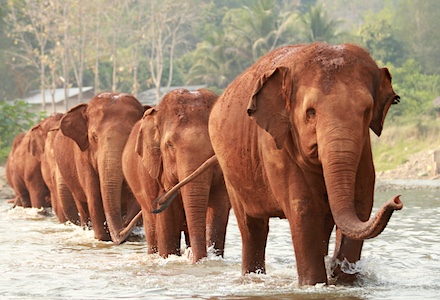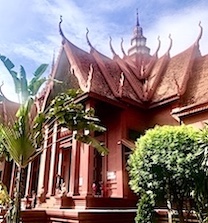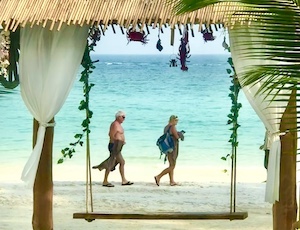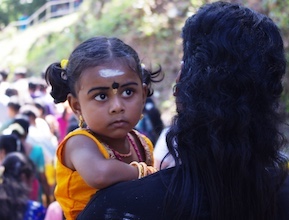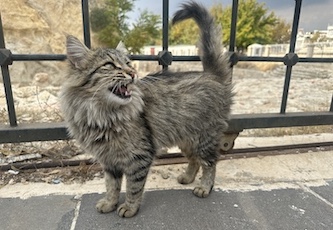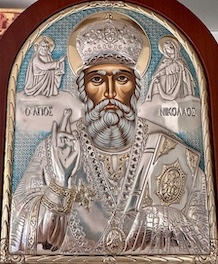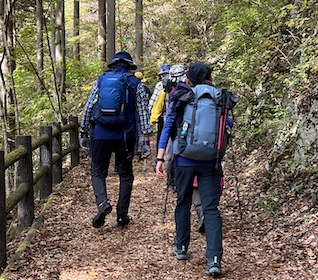Where the Wild Bears Are
For wildlife enthusiasts and travelers keen to explore the globe, there are incredible bear-viewing destinations on every continent except Australia — sorry, koalas are marsupials, not bears–– and Africa, where Atlas bears were hunted to extinction by the late 18th century. Whether it’s watching sloth bears snuffle through termite mounds in India or spotting the rare spectacled bear in the Andes, the world offers no shortage of unforgettable bear encounters. Alaska may be the gold standard for seeing bears in the wild. Thanks to its sprawling wilderness and salmon-choked rivers, the state has a population of more than 130,000 brown and black bears.



